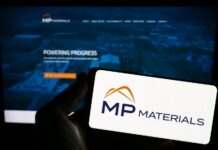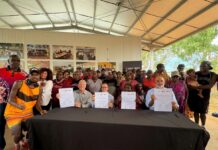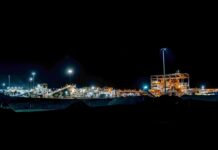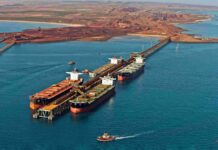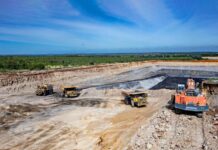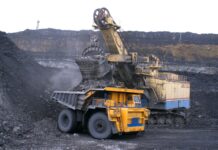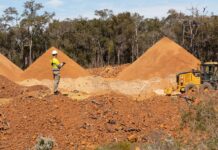Automotive & mining needs 72,000 workers: AUSMASA
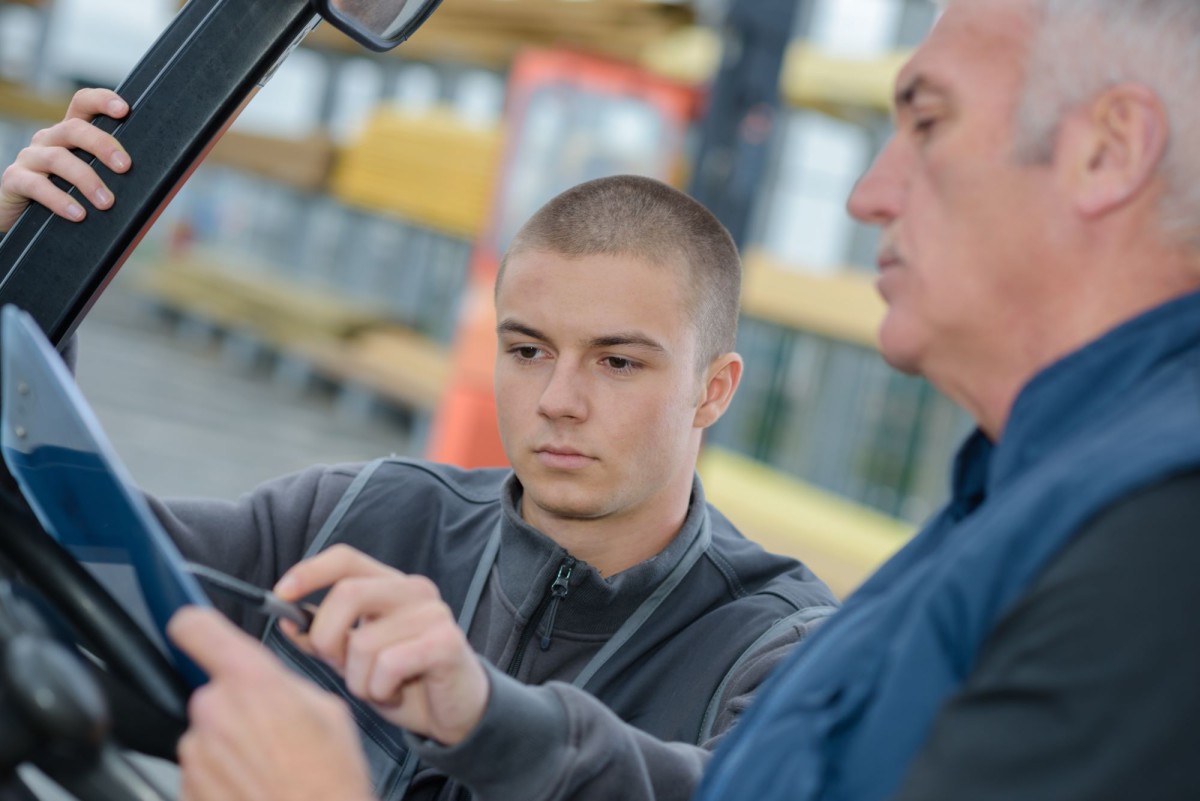
The Mining and Automotive Skills Alliance (AUSMASA) estimates that the mining and automotive industries nationally will grow by over 72,000 workers in the coming decade, including 31,000 in mining, 10,000 in oil and gas extraction, and 31,000 in the automotive industry.
AUSMASA has launched its Workforce Plan for 2024 – Moving Ahead Together, which identifies the need to address workforce and skills shortages as a priority.
Efforts to tackle these shortages include initiatives aimed at changing Generation Z’s perceptions of the mining industry and further research to explore youth perceptions of automotive careers.
“The emergence of Electric Vehicle (EV) Technicians as a critical occupation underscores the need for targeted training programs and vocational pathways to meet industry demands,” AUSMASA chief executive Dr Gavin Lind said.
“With EVs representing a significant technological shift, advancements in other areas, such as advanced driver assistance technology and autonomous systems, are also driving innovation.
“The integration of these technologies requires upskilling of the workforce and investment in training infrastructure to ensure workers have the necessary skills to operate and maintain advanced systems effectively.”
Improving diversity and adopting new technologies to enhance productivity and environmental outcomes are some of the other key priorities for the automotive and mining industries.
While initiatives are underway to improve mining culture and attract more females to the workforce, the Workforce Plan recommends both the mining and automotive industries continue enhancing efforts to promote diversity and inclusion, which are crucial for building a sustainable workforce.
Further priorities for both industries are the transition towards net zero electrification, digitisation and automation; challenges lie ahead in supporting these, particularly in skills development and establishing the necessary training infrastructure.
“Collaboration between industry stakeholders and educational institutions is essential to bridge the skills gap and ensure a skilled workforce capable of supporting the net zero electrification transition,” Dr Lind said.
“AUSMASA recognises the imperative of addressing productivity challenges to sustain economic growth.
“Through targeted initiatives, AUSMASA seeks to ensure a skilled and resilient workforce capable of meeting the evolving needs of the mining and automotive industries in the changing economic and technological landscape.”
Input for the latest Workforce Plan was sought from industry, unions, governments, registered training organisations and workforce stakeholders.
Dr Lind says as a Jobs and Skills Council (JSC), AUSMASA looks forward to continuing to collaborate and address critical and emerging issues affecting the mining and automotive industries.
“Building on our Initial Workforce Plan, this latest iteration includes deeper industry-level workforce data on demographics and future projections, coupled with existing vocational education and training (VET) data on specific training packages,” he said.
“Overall, AUSMASA’s 2024 Workforce Plan provides a broader and more granular evidence base of workforce and student-level data to identify and propose solutions to the workforce challenges faced by our industries.”
AUSMASA is one of 10 JSCs funded by the Federal Government’s Department of Employment and Workplace Relations (DEWR).
The organisation is dedicated to fostering collaboration between the mining and automotive industries and the education sector, driving skills development and ensuring a skilled workforce for the future



